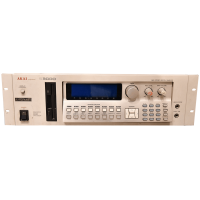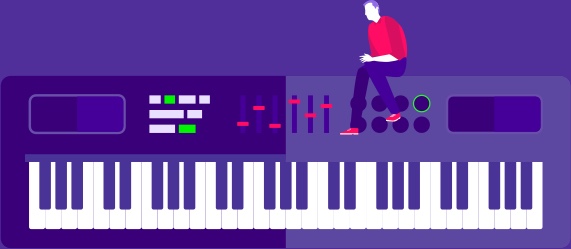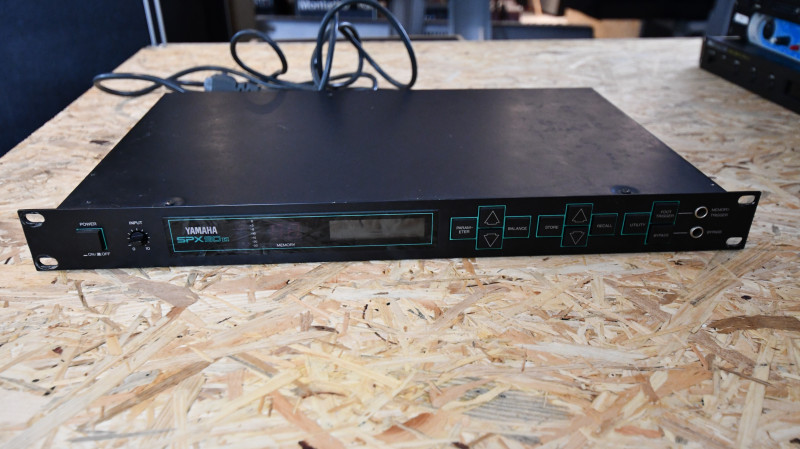
Condition New
Second-hand sale. Good status.
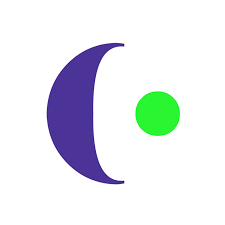
Montreuil, France
Summary
Yamaha SPX90 IINew starting from : 89,00 €
Used starting from : None available
Reviews (0) :
SIMILAR PRODUCTS
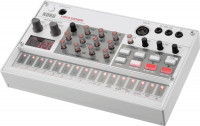
Korg
Korg Volca Sample
Sequence and modify your samples easily. The Volca Sample allows you to read and modify your samples easily. You can also create rhythmic or melodic patterns with the integrated sequencer directly from the famous Electribe series. Is it useful to boast more about its qualities?
136,99 €
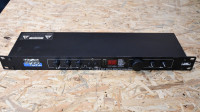
DigiTech
Studio Twin
Based on S-DISC (TM) processing technology, the true stereo effects processor uses a 44.1 kHz sample rate and 18-bit conversion to provide a myriad of tools including stereo reverbs, multi-tap delays, choruses, flashes, tremolos, detuning, and parametric equalizers. With 99 factory programs included, up to 99 user-defined program combinations can be easily edited and recorded via the Studio Twin's simple user interface. The processor also responds to MIDI, so programs can be changed on the fly via a simple user interface.
100,00 €
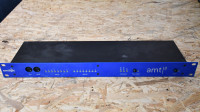
Emagic
AMT8
The Emagic AMT8 (Active MIDI Transmitter 8) is a professional MIDI interface designed in 1997 for time-proven live and studio applications. Created by the same company that originally created the ubiquitous DAW Logic, the AMT8 has 8 MIDI inputs and outputs, with scalability up to 64 inputs/outputs for a total of 1024 MIDI channels. LED indicator lights provide real-time feedback for all 8 channels, easily visible in fast-paced concert scenarios and studio sessions. The AMT8 is fully compatible with any standard MIDI software on Mac and Windows 95/98 (drivers for Windows NT and Windows 2000 are under development). With its full range of connectors such as USB for Mac and Windows, RS232 (Windows) and RS422 (Mac), the AMT8 integrates quickly into any computer environment. Up to eight * devices can be stacked and they will only work as a big 64 x 64 MIDI interface (Mac: Emagic software or Unitor8 SGD driver required) with AMT technology to ensure razor-sharp synchronization on each port. AMT8 and Unitor8 can be combined in any combination; this allows, for example, the connection of a non-USB Unitor8 from a computer with USB via an AMT8.
70,00 €
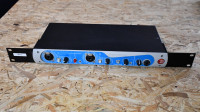
Digidesign
Digi 001
In the early 2000s, the world of computer audio was just beginning to blossom for home users and small studios. Hardware was becoming more accessible and the power and speed of computers were beginning to reach a level where it was possible to make a decent amount of multitrack recordings with fairly large sessions. The launch of the 001 changed things dramatically, and it was suddenly possible to use Pro Tools much more extensively. The 001 consisted of a PCI card that connected to a 1U rackmount box via a multi-pin umbilical cable that had 8 analog inputs and outputs (the first two channels had mic/line preamps on XLR/Jack Combi jacks). An additional 8 channels were available via optical ADAT ports on the PCI card, plus stereo coaxial Spdiff and MIDI io's on the rear of the case. If you paired the 001 with an 8-channel ADAT converter, you had 16 analog io's and could record an entire tape at once, which was big enough for non-TDM Pro Toolers at the time.
30,00 €
DESCRIPTION
One year after the success of the original Yamaha SPX-90 (released in late 1985/early 1986), Yamaha launched the Yamaha SPX-90II. The two processors are identical in terms of specifications and effects offered, the only difference is that the Yamaha SPX-90II has twice as much memory for delays.
The Yamaha SPX-90II is a blend of advanced acoustic research and digital technology d...
TECHNICAL CARACTERISTICS
MEDIAS | PHOTOS

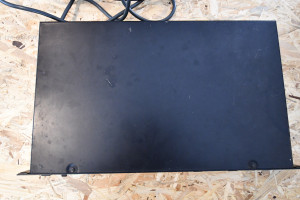
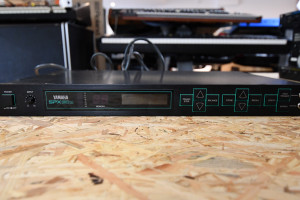
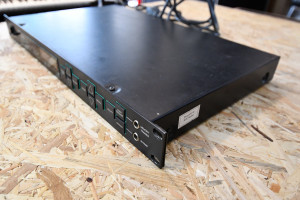
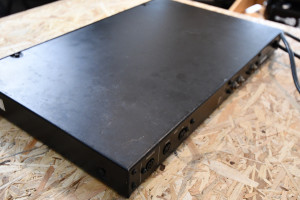
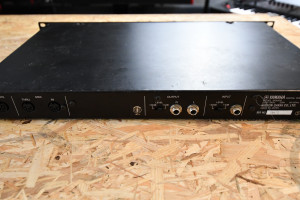
Reviews (0)








